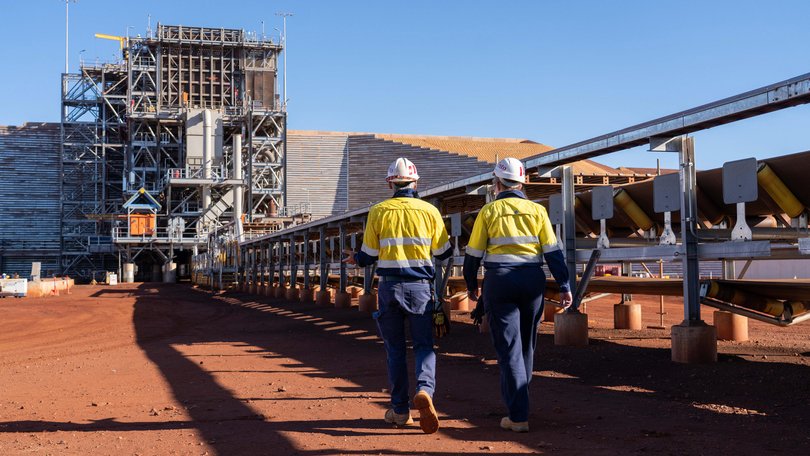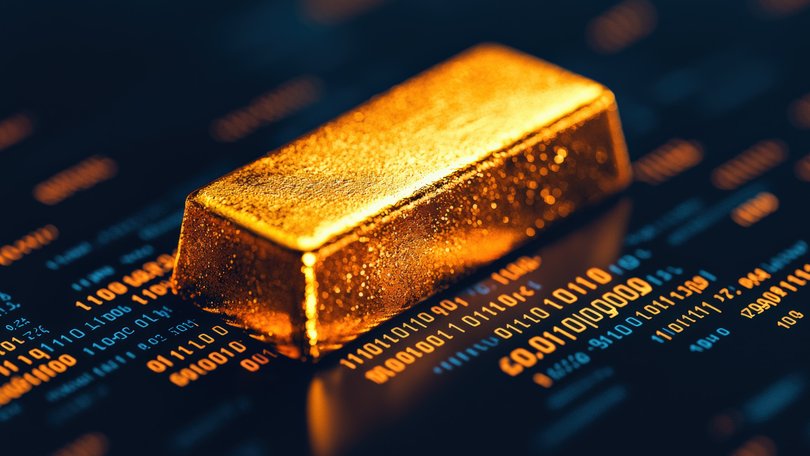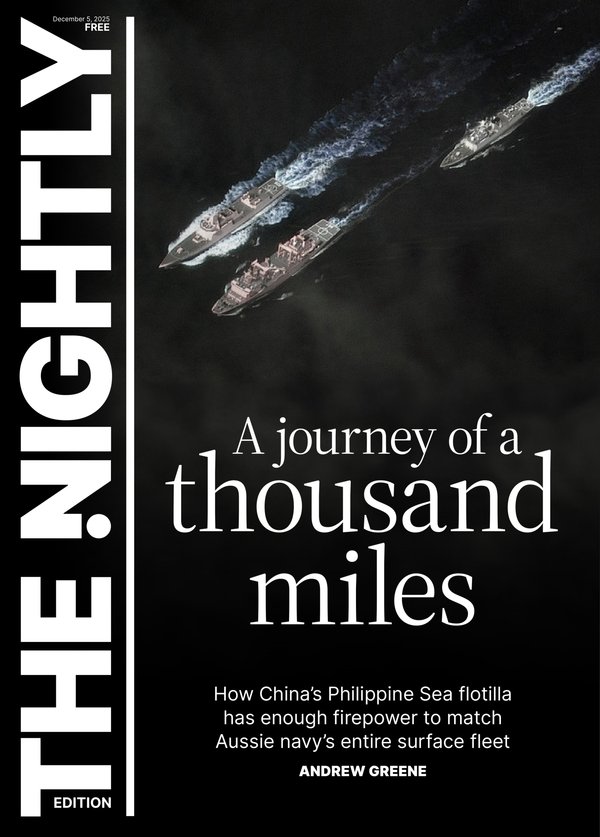JACKSON HEWETT: Metal mayhem cuts deep into Australia’s core industries as bleak future forecast for minerals

If Anthony Albanese does get an audience with Donald Trump, he may need to argue China’s case as much as Australia’s. The Budget depends on it.
While a 10 per cent tariff on Australian exports to America is a blow, the two-way trade implications are minimal compared to the collateral damage from China copping a much higher one.
If you need proof, look to the quarterly resources outlook from Australia’s chief economist for the Department of Industry, Science and Resources.
Sign up to The Nightly's newsletters.
Get the first look at the digital newspaper, curated daily stories and breaking headlines delivered to your inbox.
By continuing you agree to our Terms and Privacy Policy.It forecasts a $36 billion collapse in revenue from the mining sector over the next two years, driven primarily by China’s slowing demand for iron ore, but also the worsening supply dynamics for coal and LNG as nations chase more energy independence.
Their brightest sector is gold, which has soared in value recently thanks to the flip side of Donald Trump’s tariff coin. The global instability it has fostered, and the sheer unpredictability of his policies, have sent central banks and consumers scurrying for the world’s oldest safe haven investment.
The consequences for Australia are profound.
As the country’s graph of national debt goes up and to the right, the value of our most important exports is going in the other direction.
With an expected decline in global growth, the report forecasts the iron ore benchmark price will drop from $93 ($142) a tonne in 2024 to just $US74 a tonne by 2027. That translates to a $US29b decline in export value over two years.
Thermal coal and LNG, two other pillars of Australia’s export strength, are also expected to shed billions from their earnings over the next two years, with both prices and demand weakening. Thermal coal is forecast to fall from $32 billion to $26b, and LNG from $67b to $53b, as key buyers such as China and India shift toward domestic energy sources and renewables. While volumes are expected to hold up, oversupply in global markets is pushing prices down.
With commodities making up two-thirds of Australia’s exports, shrinking returns will hit the Budget bottom line.
The good news, for now, is that Treasury has already factored in an iron ore price well below the $US74 ($113) a tonne forecast by the Department of Industry. AMP chief economist Shane Oliver said the gap between Treasury’s forecast and today’s price suggests this Budget may even see a slight surplus, rather than the expected $42 billion deficit flagged in May.
Treasurers of all stripes have been enjoying ‘unforeseen revenue upgrades’, but Mr Oliver said this latest report is another warning that the strategy will not last forever.
“There’s always this tendency to forecast lower commodity prices, and they just don’t fall as much as expected. But at some point our luck will run out, particularly if China’s growth continues to slow or if the global push for decarbonisation gains more momentum,” Mr Oliver said.
That revenue gap does not disappear; it shifts. As company receipts decline, more of the tax burden inevitably falls on households.
“The budget remains heavily reliant on revenue from the mining sector. Once commodity prices start to retreat in earnest, we’ll really feel that in the bottom line, especially given spending pressures in health, aged care and defence.
“If we don’t get the same level of company tax coming in from the miners, then the weight of funding the budget falls more heavily on workers through income tax. That’s not a fair or sustainable balance in the long term.”
While the long-term picture for iron ore is less bearish, the same can’t be said of coal and LNG. The global shift toward decarbonisation is accelerating, and nations are not just building more renewable energy; they are also turning to nuclear power as a stable, zero-emissions baseload alternative. Countries like China, India and even the United States are expanding nuclear capacity, with more than 60 reactors under construction worldwide. That means a future with lower demand for thermal coal and peaking gas.
At the same time, the global market is facing persistent oversupply. New LNG export capacity is coming online in the United States and Qatar, while coal production in China and India continues to increase to meet domestic needs. With more supply chasing softer demand, prices are expected to stay subdued not just for a year or two, but potentially well into the next decade.
Australia is a uranium exporter, but the sector is tiny compared to $116b in iron ore exports or $67b in LNG, and contributes just $1.25b in annual export value. Even with a modest growth forecast, uranium will barely register in revenue terms.
Minerals crucial to the energy transition are a fraction of the resources pie, including copper ($13b), zinc ($4.3b), nickel ($2.2b) and lithium ($4.6b). Unlike iron ore, those minerals are in relatively abundant supply elsewhere. Other rare earths, including antimony, cobalt, graphite, magnesium, manganese, silicon, titanium, tungsten and vanadium, will contribute another $4b next year.
How iron ore holds up depends on the rate of urbanisation of developing countries. The Department of Industry report suggests the rapid urbanisation of China, which drove massive demand for steel to build megacities, has peaked. How India and other parts of Asia expand may help prop up iron ore’s price, as well as that of metallurgical coal. But Mr Oliver said the trend was worrying enough to motivate those meeting at next month’s economic roundtable to push hard for reform.
“We’ve been fortunate so far, but relying on the commodity cycle isn’t a sustainable long-term strategy. Eventually, we’ll need serious tax reform to broaden the base and reduce our dependence on volatile export earnings,” he said.
“The longer we delay reform, the more we’re setting ourselves up for a nasty reckoning. We’re skating by on strong terms of trade, but that’s not guaranteed to last.”

For the time being, there is a silver lining to the otherwise depressing news. The price of gold, which has shot to record highs on fears about US government debt and Trump-induced volatility, has meant Australia’s gold exports are now forecast to reach $56 billion in 2025–26, enough to overtake metallurgical coal and become the nation’s third most valuable export. But few expect the rally to last. Prices are forecast to ease from 2026 as global financial conditions stabilise, taking some of the shine off what has been one of the few bright spots.
And the supply glut of oil and LNG will hopefully eventually flow through to energy prices. With more production coming online from the US, Qatar and others, and global demand growth easing, there’s growing downward pressure on wholesale energy costs.
That’s good news for households and businesses still feeling the sting of high utility bills. Lower gas prices in particular could bring relief to Australian manufacturers and east coast consumers, provided domestic policy ensures those global savings are passed through.
Similarly, falling oil prices, despite occasional geopolitical spikes, should start to ease pressure at the petrol pump. The energy transition may be weighing on export earnings, but for domestic consumers, it may finally bring a break from the price shocks of recent years.

